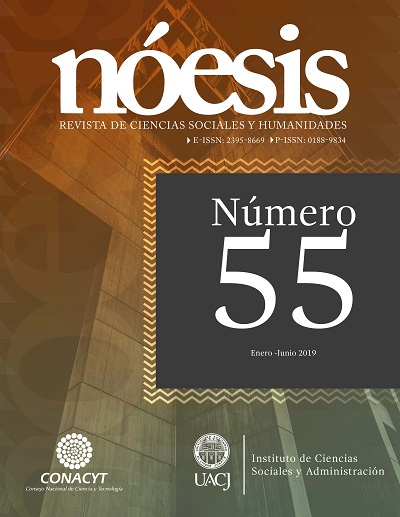Capital accumulation, economic growth and the balance-of-payments constraint: The case of Mexico, 1951-2014
After a critical assessment of both Thirlwall’s long-run growth model and Clavijo’s and Ros’s (2015) model where capital accumulation determines output growth, this paper displays an alternative model in which capital accumulation and the growth rate of capital productivity determine the long-run gr...
محفوظ في:
| المؤلفون الرئيسيون: | , , |
|---|---|
| التنسيق: | Artículo |
| اللغة: | eng spa |
| منشور في: |
Universidad Autónoma de Ciudad Juárez
2022
|
| الموضوعات: | |
| الوصول للمادة أونلاين: | http://erevistas.uacj.mx/ojs/index.php/noesis/article/view/1606 |
| الوسوم: |
إضافة وسم
لا توجد وسوم, كن أول من يضع وسما على هذه التسجيلة!
|
| الملخص: | After a critical assessment of both Thirlwall’s long-run growth model and Clavijo’s and Ros’s (2015) model where capital accumulation determines output growth, this paper displays an alternative model in which capital accumulation and the growth rate of capital productivity determine the long-run growth rate of output which is consistent with a constant position of the balance of payments as a percentage of GDP. Then, the latter is applied to inquire the causes accounting for Mexico’s low economic growth rate during 1982-2014. We conclude, on empirical grounds, that the sharp decline in the internal demand for domestic goods and both the rates of net capital accumulation and productivity played a major role in the slowdown of the Mexican economy. The income elasticities of the demand for exports and imports also played a role, albeit to a lesser extent. |
|---|---|
| تدمد: | 2395-8669 |
